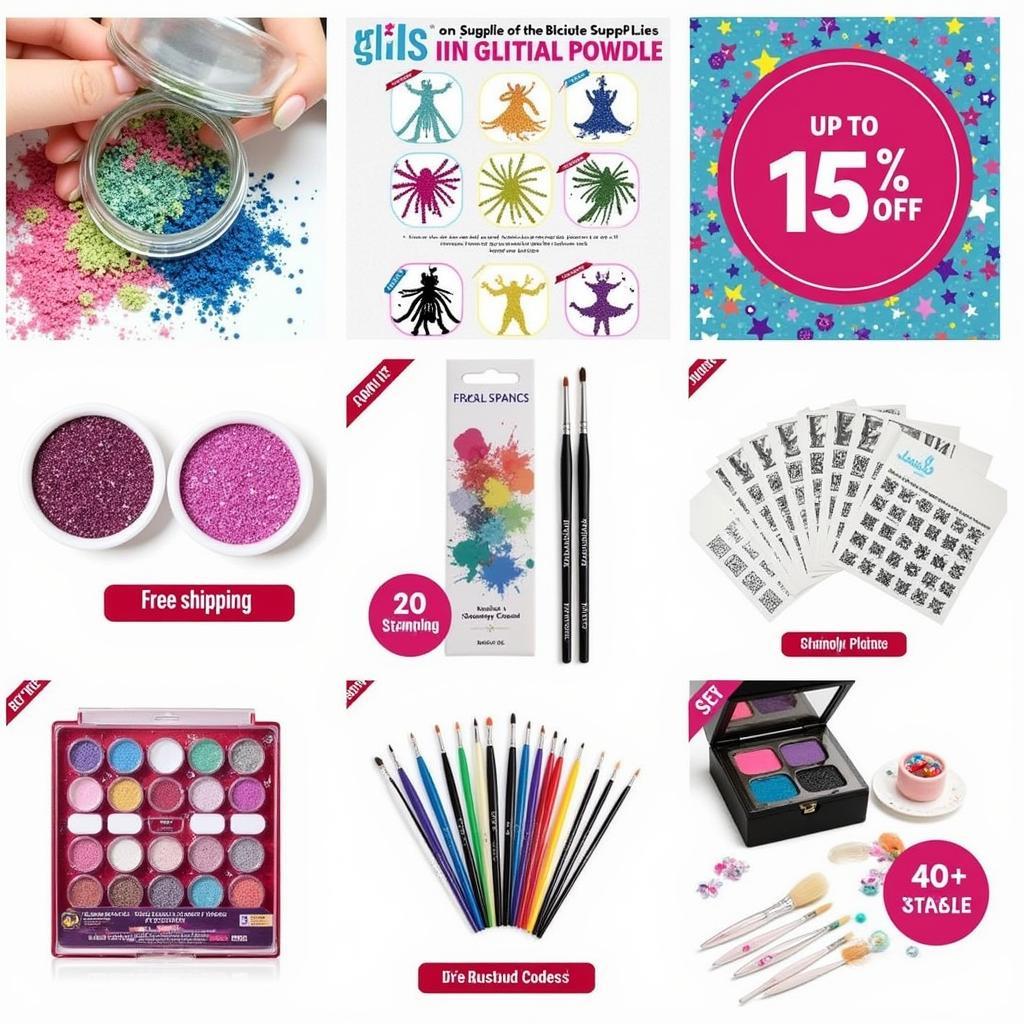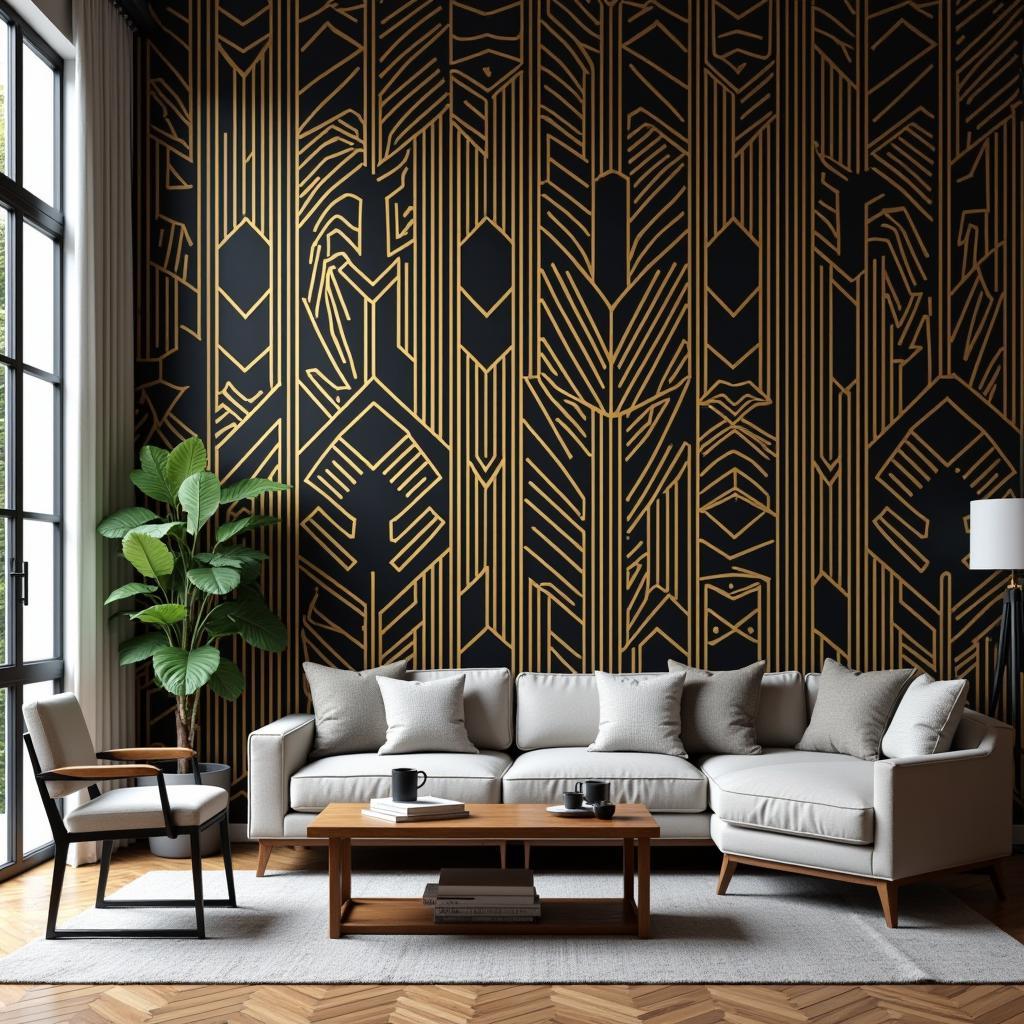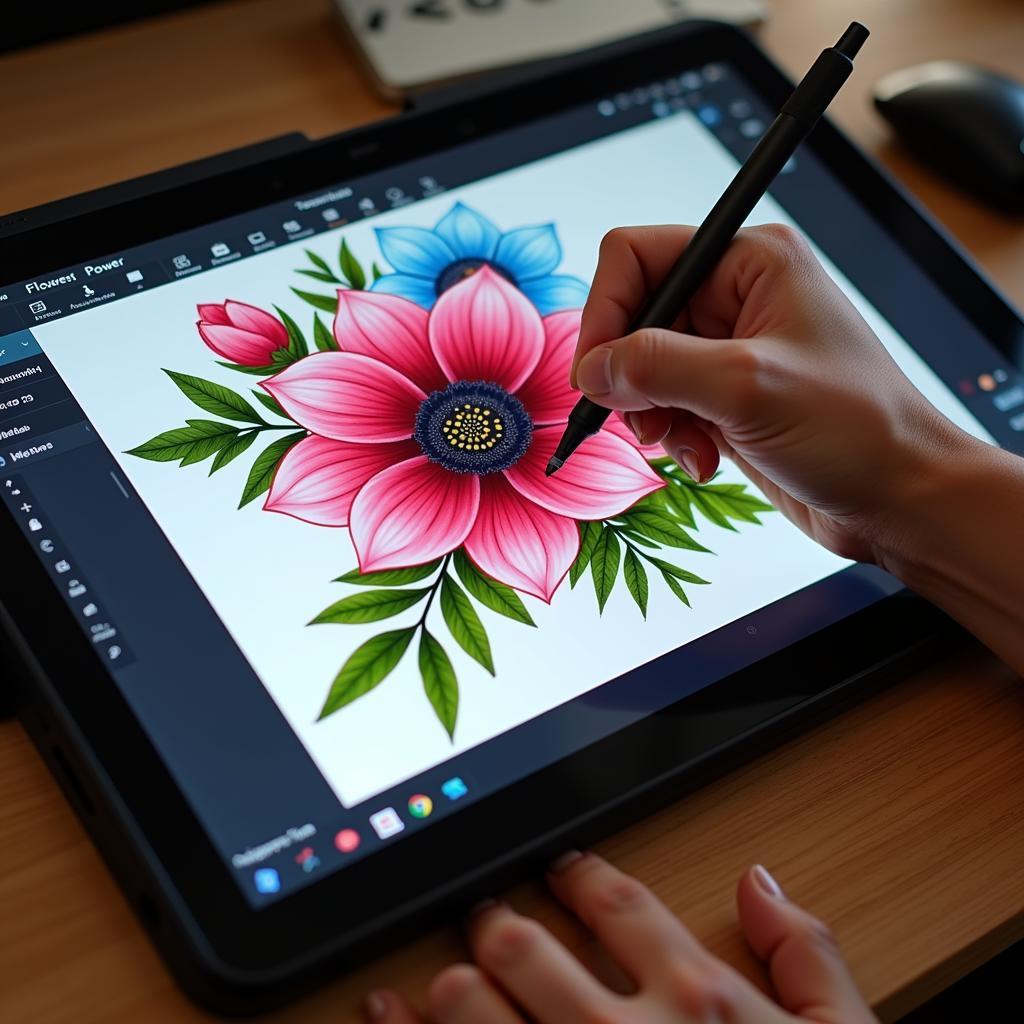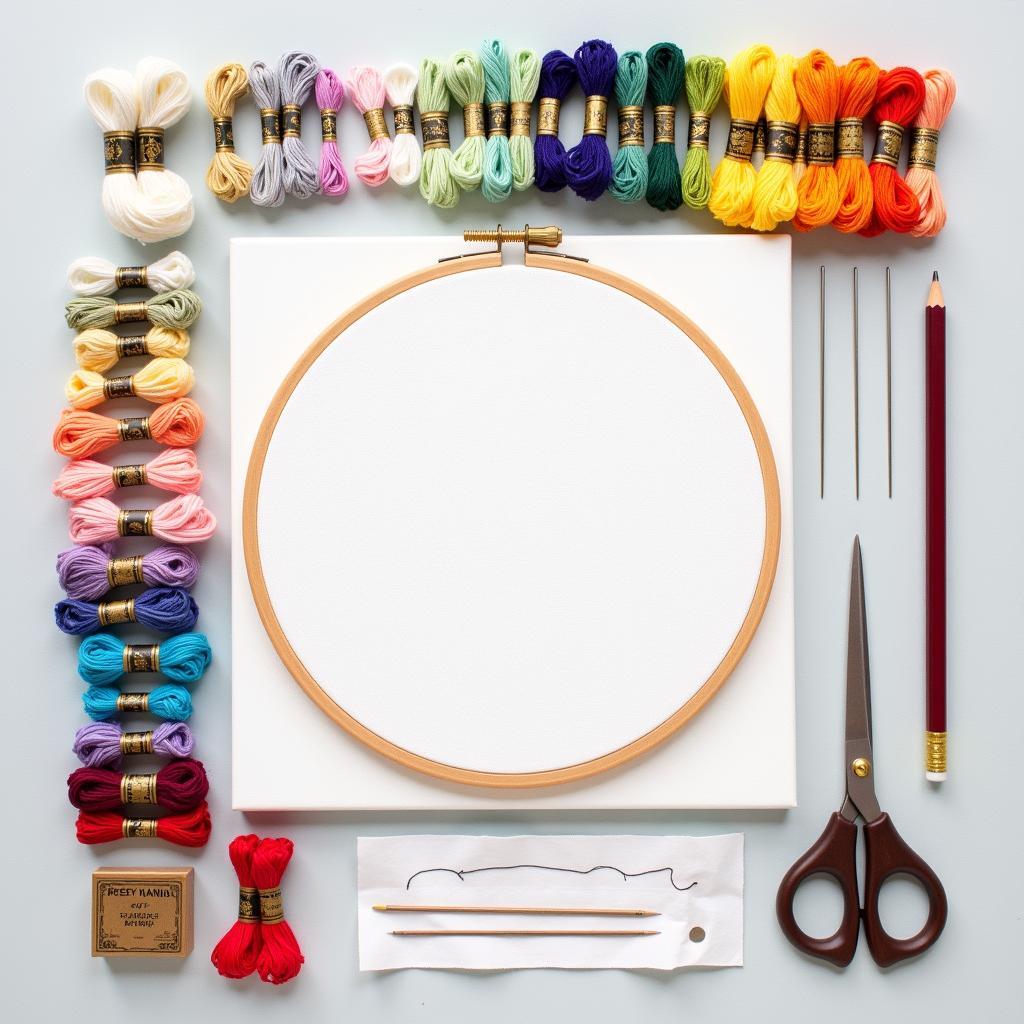The Art of Float Mounting Art: A Modern Guide
Float Mounting Art has become increasingly popular in recent years, offering a sleek and contemporary way to display artwork. This technique involves mounting the artwork on a backing board so that it appears to “float” within the frame, creating a captivating illusion of depth and dimension.
Unveiling the Allure of Float Mounting
Unlike traditional framing methods where the artwork is directly mounted onto a backing board and hidden beneath a glass or acrylic glazing, float mounting allows the artwork to take center stage. By creating a subtle space between the artwork and the backing, a “floating” effect is achieved, adding visual intrigue and emphasizing the artwork’s presence.
Advantages of Choosing Float Mounting for Your Art
Float mounting offers numerous advantages that make it a preferred choice for artists, galleries, and art enthusiasts alike. Here are a few compelling reasons to consider this technique:
- Enhanced Visual Appeal: The “floating” illusion adds a touch of sophistication and modernity to any artwork, enhancing its visual impact and creating a sense of elegance.
- Focus on Artwork: By eliminating the need for a mat board that touches the artwork’s edges, float mounting allows the viewer’s gaze to be drawn directly to the artwork itself, emphasizing its details and textures.
- Contemporary Aesthetics: The clean lines and minimalist approach of float mounting align perfectly with modern and contemporary interior design styles.
- Versatility: Float mounting is suitable for a wide range of art mediums, including canvas, paper, and photographs, making it a versatile framing solution.
Step-by-Step Guide to Float Mounting Art Like a Pro
While float mounting may seem intricate, it can be accomplished with the right tools and a bit of patience. Let’s break down the process into manageable steps:
-
Gather Your Materials: You’ll need a backing board (foam core or mat board), acid-free tape, a cutting mat, a ruler, a T-ruler or straight edge, a utility knife, and your artwork.
-
Measure and Cut: Carefully measure your artwork and cut the backing board to the desired size. The backing board should be slightly larger than the artwork on all sides to create the floating effect.
-
Position the Artwork: Center your artwork on the backing board, ensuring equal spacing on all sides. Use a ruler to double-check the alignment.
-
Secure the Artwork: Apply acid-free tape to the back of the artwork, adhering it to the backing board. Use small pieces of tape along the top edge to allow for the artwork to “breathe” and prevent buckling.
-
Frame the Artwork: Place the float-mounted artwork into a frame with a deep enough rabbet (the recessed area where the artwork sits) to accommodate the artwork and backing board.
Essential Tips for Optimal Float Mounting Results
- Choose the Right Backing Board: Opt for acid-free materials like foam core or mat board to protect your artwork from discoloration over time.
- Consider Spacing: The ideal spacing between the artwork and the backing board can vary depending on the artwork’s size and the desired visual effect. Experiment to find what works best for your piece.
- Seek Professional Assistance: If you’re unsure about any aspect of float mounting or working with valuable artwork, consider consulting a professional framer.
Frequently Asked Questions about Float Mounting Art
Q: Can any type of art be float mounted?
A: While float mounting is suitable for various art mediums, it’s best suited for artworks on canvas, paper, or photographs. Extremely delicate or three-dimensional pieces may require alternative framing methods.
Q: What type of frame works best with float mounting?
A: Frames with a deep rabbet are essential for accommodating the artwork and backing board. Simple and minimalist frames often complement the contemporary look of float mounted art.
Q: How do I clean float mounted artwork?
A: Use a soft, dry cloth to gently dust the artwork’s surface. Avoid using any cleaning solutions or water directly on the artwork, as this could damage it.
By understanding the techniques and considerations involved, you can confidently embrace float mounting as a way to showcase your artwork in a stylish and contemporary manner.
Interested in exploring other art display ideas? Check out our article on how to display art prints for sale. If you’re looking for statement pieces, our selection of long vertical wall art might inspire you. For those drawn to spiritual themes, we offer a curated collection of Christian art prints for sale.
For any inquiries or assistance, please don’t hesitate to contact us at Phone Number: +84 2462573573, Email: danteum@gmail.com. Alternatively, you can visit us at Savico Megamall, 7-9 Nguyen Van Linh Street, Gia Thuy Ward, Long Bien District, Hanoi 10000, Vietnam. Our dedicated customer support team is available 24/7 to assist you.





